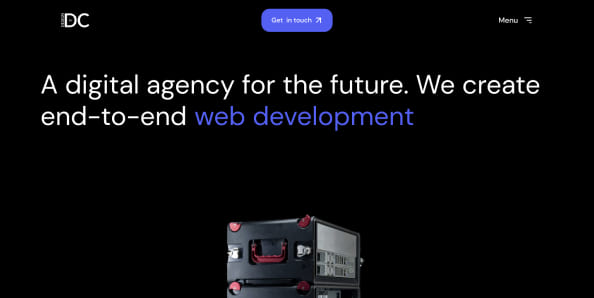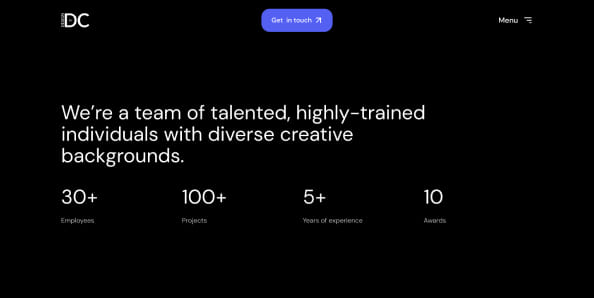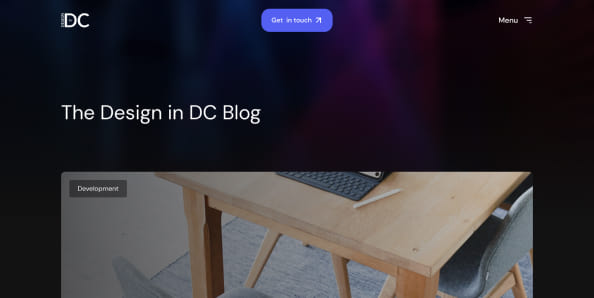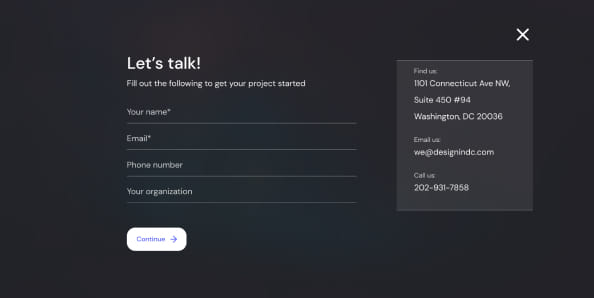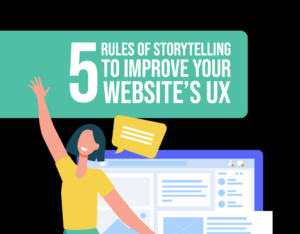Why Websites Need To Be Designed With People In Mind
When a business is going to re-build, re-design, or build a new website or web application, there needs to be a human-centered focus. Any decision that is made needs to be made with the people in mind that are going to use it.
We’ve seen businesses come through who want websites that look pretty but don’t have the necessary functionalities or practicalities to really serve their customers.
It can be easy to overlook the necessary functionalities and practicalities that need to be considered when the goal is to make a website look pretty.
What are the things that should matter when you are building a website or web application?
Some businesses may just need a website of their own, others may need a web application. But for the purposes of this post, I’m going to discuss what every business needs – the good old-fashioned website.
So when designing your website what is the first question that we need to ask ourselves?
When in doubt, ask yourself, “what are the needs of the people visiting my website for the first time versus the needs of my recurring customers?”
Businesses need to think about the design of their website with a first-time visitor in mind.
Even if they are looking to attract more recurring customers, the website should be designed as if the customer is using it for the first time.
There are some priorities to consider since they are most likely finding you from a few different sources and landing on a few different spots of your website. Always know where your people are coming from.
The priorities for the first-time visitor:
1. Does the website effectively provide the information and answers they seek?
2. Does the website effectively guide them towards making a decision?
3. Is the website designed to encourage taking action?
The website should first and foremost offer the visitor an informative experience. An effective design allows visitors to easily flow around the website. There’s little friction. And there’s no confusion.
An effective design allows visitors to easily flow around the website. There’s little friction. And there’s no confusion.
With our clients, we’ll plan the journeys of various types of visitors. We’ll play scenarios of the types of decisions that visitors may want to make.
Determining the flow of the website is the most important part of the web design process.
How this is determined is also very dependent on whether a website is being updated or being built from scratch.
How can a business approach creating the right flow? It is the perfect time to capitalize on what past visitors and customers have said they liked and disliked. This can be a perfect time to include software to better monitor your web app such as Google Analytics, which can help monitor conversion rates and provide you with more information on your users (and it’s free).
Google Analytics provides tools for businesses to see the behavioral flow of visitors. Examining choke-points is possible. Businesses should do the research to see and make design decisions based on what they see.
If it seems like people are having a hard time finding the contact page, if people drop off before checking out, a new website design should focus on those objectives. Figure out the chokepoints, and determine if it is a design issue or an informational issue.
How can we address these chokepoints into human-centered design?
We don’t agree with the prevalent design philosophy that everything needs to be minimalist, either.
People are less likely to look at or experience something that is repetitive. An experience that is based on someone else’s look. So the design should be thrilling, but it also should not be distracting. But most of all, design should guide people towards answering their questions and solving their problems.
A good rule of thumb is to be concise and straight to the point while keeping a website engaging.
People shouldn’t have to think too hard; everything should feel straight forward.
If people are forced to do unnecessary steps in order to complete a simple task, then chances are they do not have a happy experience. They aren’t going to be driven to make the decisions that you want.
So, in order to make a customer happy, needs to be helpful and clear. This is communicated by the information present and the ease of getting to it.
Part of that ease can be achieved by picking the right colors. Color plays a significant, yet subtle role in our daily lives. We perceive the world around us through color, after all.
When thinking about human-centered design, think about color. It impacts our mood and how we feel about things.
It can even affect our interactions and the choices we make. This is why our team takes great effort to come up with the right colors for your website, screen by screen.
We ask clients these two questions when coming up with a color scheme:
1. What are the appropriate colors to use for their brand? What are the colors’ current purpose for the brand?
2. How should people feel when using the website? How can color guide people towards reaching those feelings?
And when choosing the right colors for their websites, another human-centered consideration to make is accessibility.
Accessibility should be priority number one when planning a website
Sometimes overdone designs and color schemes can get in the way of legibility and readability. How easy is it for people to read words on the website? How quickly can people distinguish different typefaces across the website?
A website’s color palette should not sacrifice clarity.
A website should also not sacrifice speed for anything that is flashy. While beautiful, distinctive designs are an essential asset, the design should not slow down the website speed.
I’ve seen a disconnect between developers and designers far too often in human-centered design
At our agency, something that we’ve worked to cultivate is a close connection between designers and developers. Otherwise, the developers would catch themselves not understanding the vision, but just the function. The designers wouldn’t know how the form needs function.
This is why we make sure that designers never “over-design” their websites. This is why when we are designing, we do not overload any pages with a large number of heavy videos/images that can significantly reduce the website’s page speed and loading time.
There are many ways you can over-design a website.
And so for anyone that is re-designing a website or making a new one from scratch, it’s important to consider how a website looks versus how it’ll function. To truly build a website that is made for people, it needs to function as well as it looks.
A website that is made around people is one that can be flexible
Always remember that when building a website for people, businesses’ assumptions are going to sometimes be challenged. This is a good thing! Utilize Google Analytics.
A website designed for people needs to be built incrementally. As businesses gather feedback they can improve on and add to their websites’ foundations. They should base their design decisions on people’s feedback.
Sometimes assumptions will be challenged, but businesses should always be listening.
